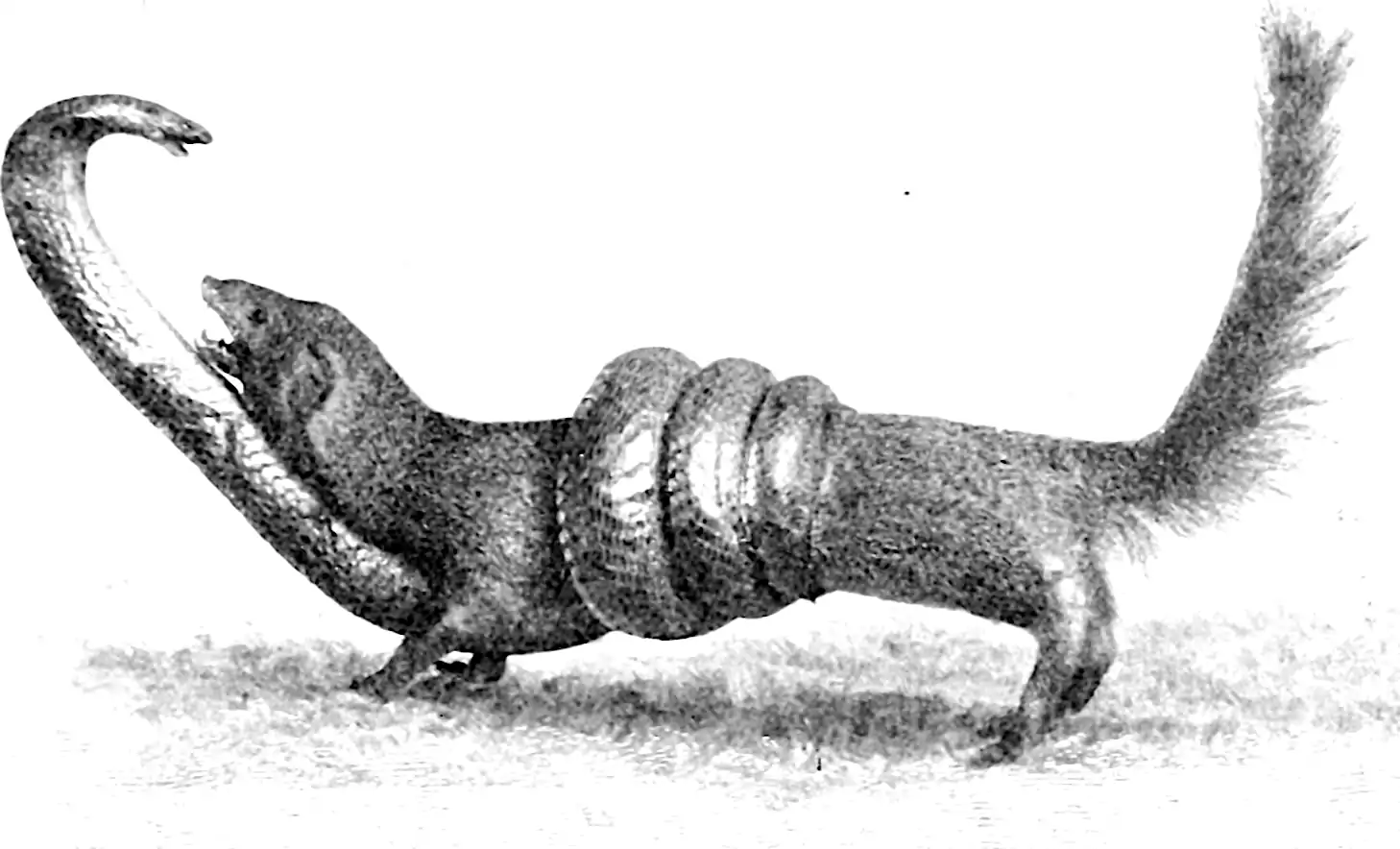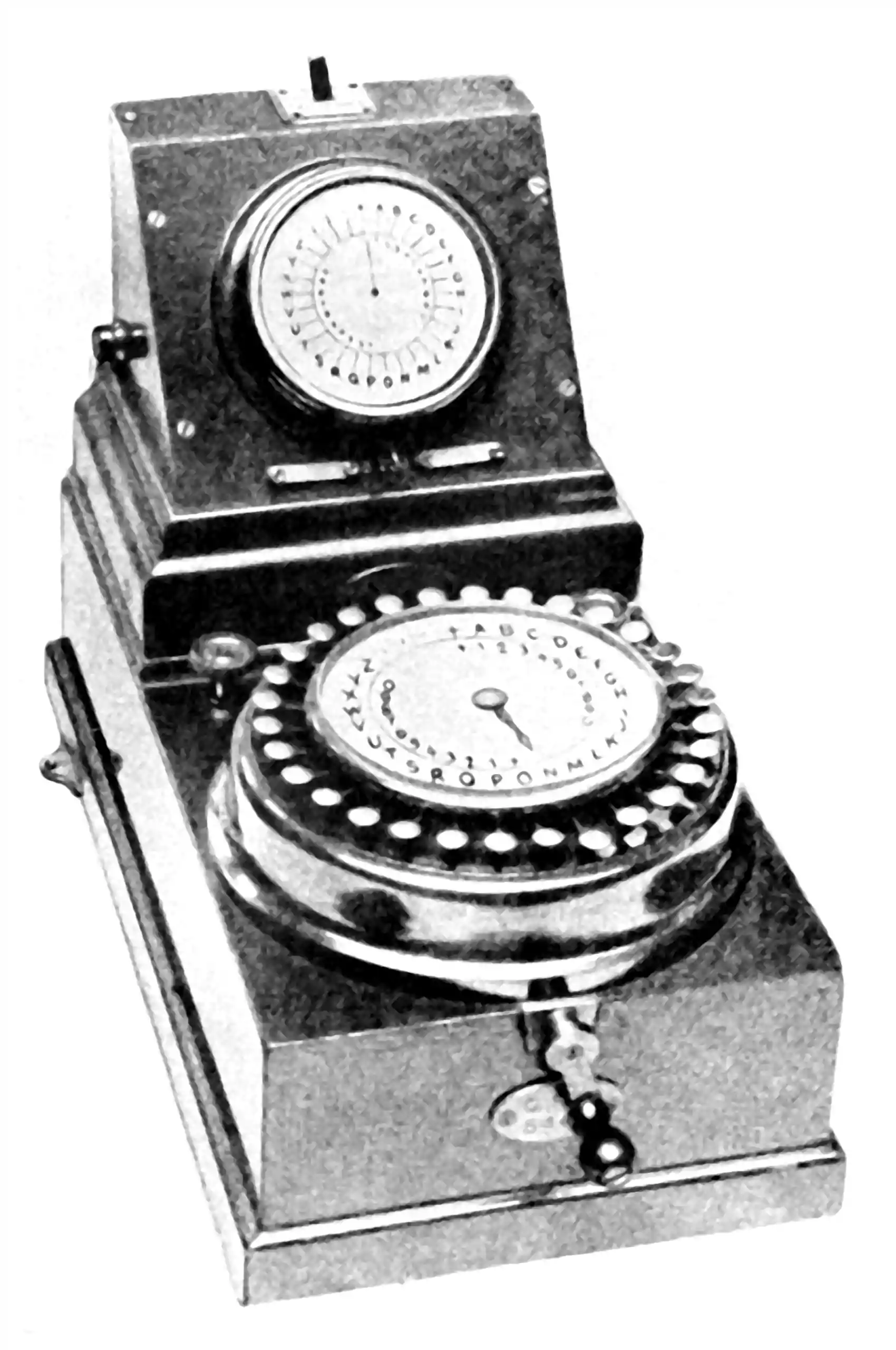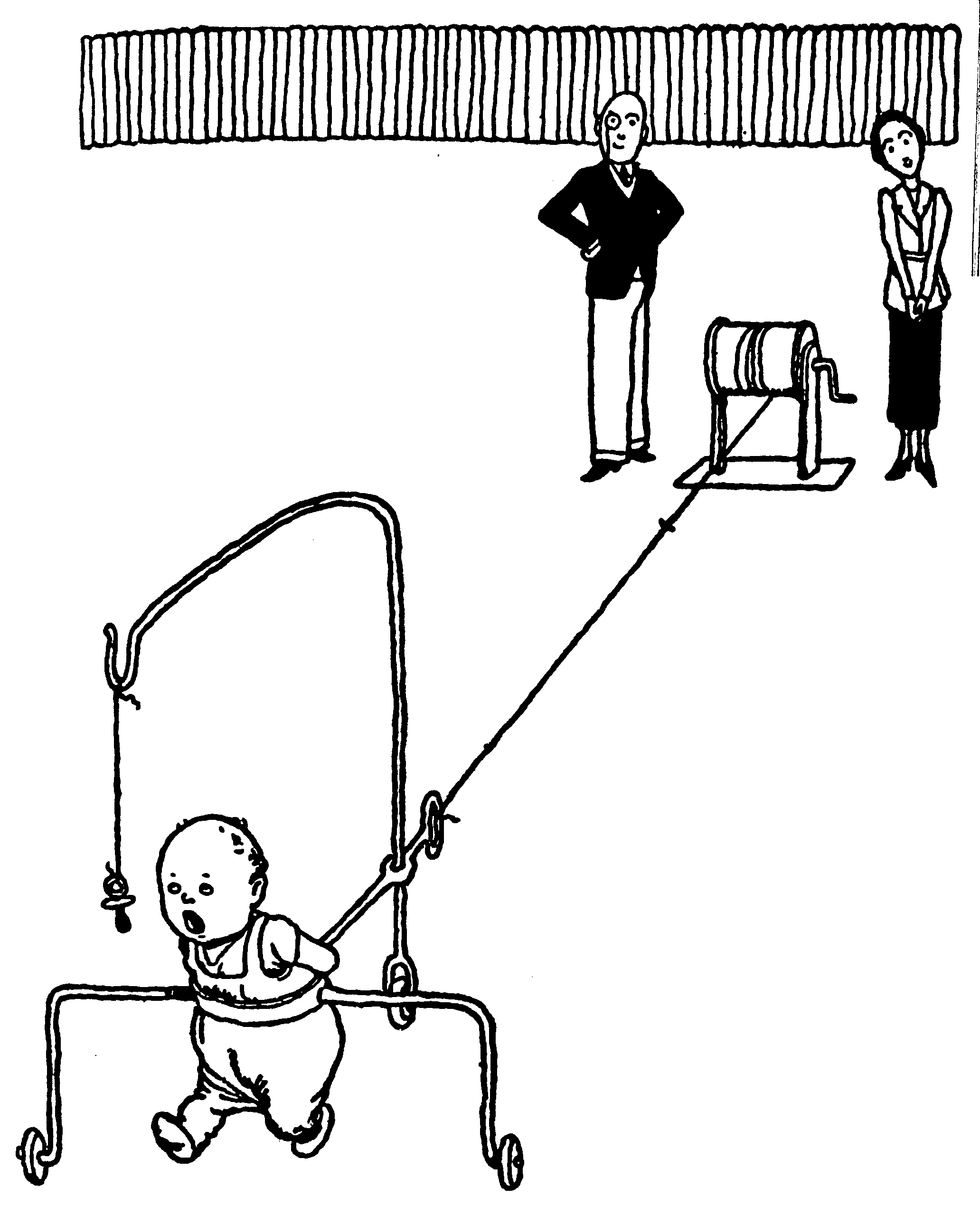Predictive coding
Should a model that our brains do Bayesian variational prediction update any priors about our brains?
November 27, 2011 — September 22, 2024
Suspiciously similar content
To learn: Is this what the “information-dynamics” folks are wondering about also, e.g. Ay et al. (2008) or Tishby and Polani (2011)? Perhaps the overview of different brain models in Neural Annealing: Toward a Neural Theory of Everything will place it in context.
There is some interesting along the lines of understanding biological learning as machine learning, e.g. Predictive Coding has been Unified with Backpropagation, summarises Millidge, Tschantz, and Buckley (2020b).
If we think there are multiple learning algorithms, do we find ourselves in a multi agent self situation?
Maybe related (?) prediction processes.
1 Lay intros
Scott Alexander reviews Clark (2015)
-
My goal with this post is to reconceptualize confirmation bias using the paradigm of predictive processing, with particular focus on the centrality of action. This focuses CB as a phenomenon of human epistemology, with our brains designed to manage our bodies and move them to manipulate the world. This view of CB wouldn’t apply to, for example, a lonely oracle AI passively monitoring the world and making predictions.
Jordana Cepelewicz, In Brain Waves, Scientists See Neurons Juggle Possible Futures
Lisa Feldman Barrett, Simplistic ‘Fight or Flight’ Idea Undervalues the Brain’s Predictive Powers
2 “Free energy principle”
The terminology here is baffling. The chief pusher of this wheelbarrow appears to be Karl Friston (e.g. K. Friston 2010, 2013; Williams 2020). He starts his Nature Reviews Neuroscience piece with this statement of the principle:
The free-energy principle says that any self-organising system that is at equilibrium with its environment must minimize its free energy.
Is that “must” in the sense that it is a
- moral obligation, or
- a testable conservation law of some kind?
If the latter, self-organising in what sense? What type of equilibrium? For which definition of the free energy? What is our chief experimental evidence for this hypothesis?
It could mean that, any right-thinking brain, seeking to avoid the vice of slothful and decadent perception after the manner of foreigners and compulsive masturbators, would do well to seek to maximize its free energy before partaking of a stimulating and refreshing physical recreation, such as a game of cricket.
Perhaps this version is better:
The free energy principle (FEP) claims that self-organization in biological agents is driven by variational free energy (FE) minimization in a generative probabilistic model of the agent’s environment.
K. Friston (2010) continues with a definition of free energy itself, with a diagram, which
…shows the dependencies among the quantities that define free energy. These include the internal states of the brain \(\mu(t)\) and quantities describing its exchange with the environment: sensory signals (and their motion) \(\bar{s}(t) = [s,s',s''…]^T\) plus action \(a(t)\). The environment is described by equations of motion, which specify the trajectory of its hidden states. The causes \(\vartheta \supset {\bar{x}, \theta, \gamma }\) of sensory input comprise hidden states \(\bar{x} (t),\) parameters \(\theta\), and precisions \(\gamma\) controlling the amplitude of the random fluctuations \(\bar{z}(t)\) and \(\bar{w}(t)\). Internal brain states and action minimize free energy \(F(\bar{s}, \mu)\), which is a function of sensory input and a probabilistic representation \(q(\vartheta|\mu)\) of its causes. This representation is called the recognition density and is encoded by internal states \(\mu\).
The free energy depends on two probability densities: the recognition density \(q(\vartheta|\mu)\) and one that generates sensory samples and their causes, \(p(\bar{s},\vartheta|m)\). The latter represents a probabilistic generative model (denoted by \(m\)), the form of which is entailed by the agent or brain…
\[F = -<\ln p(\bar{s},\vartheta|m)>_q + -<\ln q(\vartheta|\mu)>_q\]
This is (minus the actions) the variational free energy in Bayesian inference.
OK, so self-organising systems must improve their variational approximations to posterior beliefs? What is the contentful prediction of this meta-model?
See also: the Slate Star Codex Friston dogpile, based on an exposition by Wolfgang Schwarz.
3 Testable hypotheses
Could predictive coding generate some testable hypotheses such that we can count it as science? Here are some phenomena that look like they must relate.
- Evolution of perception
- addiction?
- trauma?
- depression?
- How Self-Sabotage Saves You From Anxiety
- Stress and Serotonin
- Trapped Priors As A Basic Problem Of Rationality. 🚧TODO🚧 clarify NB I think this phenomenon is interesting but I wish he did not use sloppy Bayesian terminology in this case; it sounds like he is talking about an excessively tight prior, but the dynamics of this case diverge in substantive ways from a direct Bayesian update with an excessively tight prior. One would need some more complicated structure to explain the observation, such as a hierarchical model incorporating observation reliability, or an action-observation loop. For more on that, see trapped beliefs
- Is the “Better the devil you know” problem a predictive coding problem?
3.1 Dark room problem
Basically: why do anything at all? Why not just live by self-fulfilling prophecies that guarantee good predictions, but ensuring that essentially nothing happens that requires non-trivial predictions (K. Friston, Thornton, and Clark 2012)?
Question: is this a perspective on depression?
4 Computable
ForneyLab (Akbayrak, Bocharov, and de Vries 2021) is a variational message passing library for probabilistic graphical models with an eye to computing it in a biologically plausible way and building predictive coding models.
ForneyLab is designed with a focus on flexibility, extensibility and applicability to biologically plausible models for perception and decision making, such as the hierarchical Gaussian filter (HGF). With ForneyLab, the search for better models for perception and action can be accelerated
5 Incoming
What does all this say about classical psychological therapies? e.g. Acceptance and commitment therapy.


